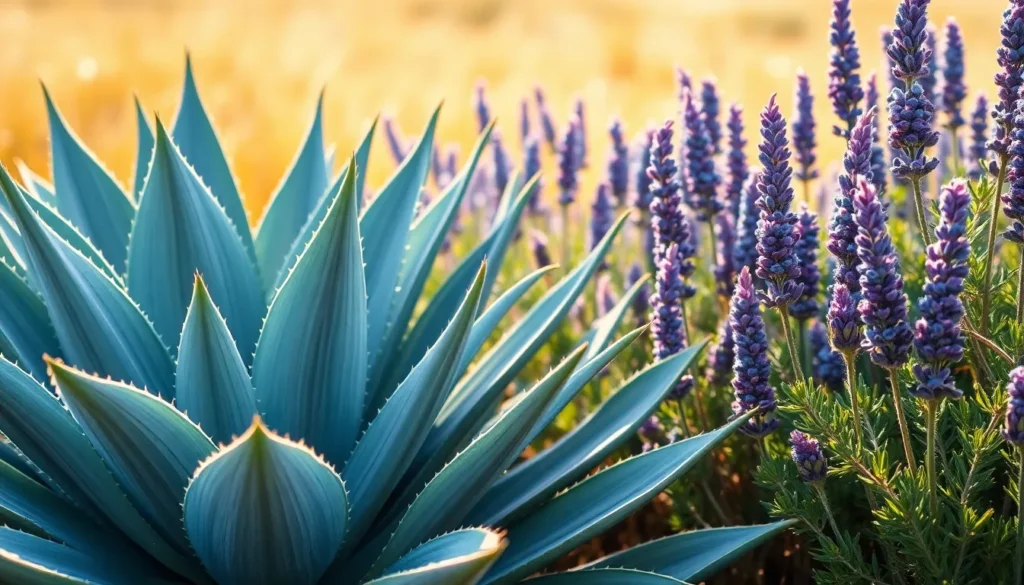Gardening in hot, arid climates can often feel like a daunting challenge, yet it opens the door to a world of resilient plant wonders. Whether you’re just starting your gardening journey or you’ve been tending to your garden for years, understanding which plants can thrive under the sun’s relentless gaze is key to cultivating a vibrant and sustainable landscape.
In this article, we’ll explore six drought-resistant plants that not only withstand the heat but also bring beauty and diversity to your garden. You’ll discover how these hardy plants can transform your outdoor space into a lush oasis, providing both visual appeal and environmental benefits.
For beginners, these plants offer a forgiving introduction to gardening, requiring less water and maintenance than their thirstier counterparts. Experienced gardeners will appreciate the opportunity to expand their plant repertoire with species that flourish where others falter, creating a garden that thrives even in the hottest conditions.
By the end of this guide, you’ll be equipped with the knowledge to confidently select and care for these robust plants, ensuring your garden remains lively and lush despite the challenges of a hot climate. Together, let’s embark on a journey to cultivate a garden that stands resilient against the sun’s fiery embrace.
Understanding Drought-Resistance Traits
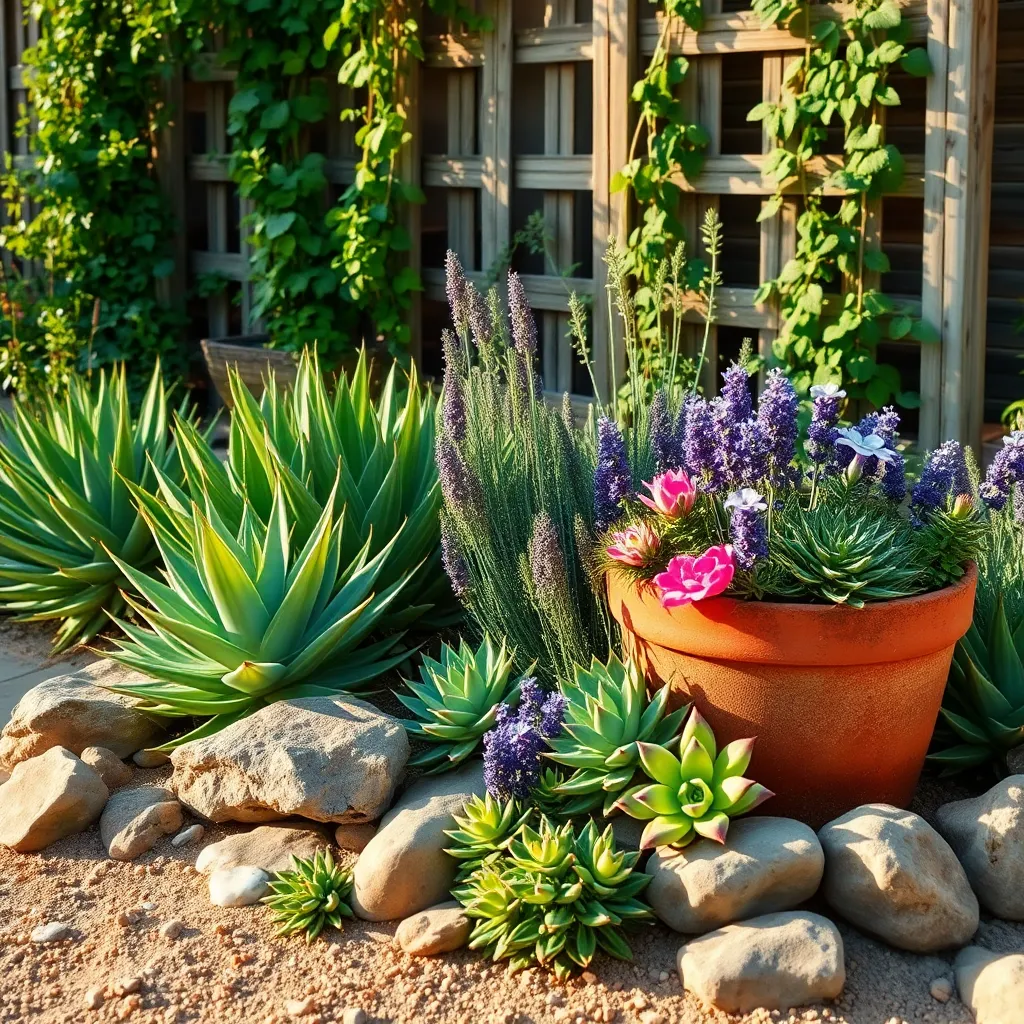
When choosing drought-resistant plants, understanding their inherent traits can significantly improve your gardening success. These plants often possess adaptations such as deep root systems, small or succulent leaves, and waxy surfaces to minimize water loss.
Deep root systems allow plants to access moisture from further below the surface, making them resilient during prolonged dry spells. For gardeners, ensuring the soil is well-draining and not compacted will help these roots spread efficiently, maximizing their drought resistance.
Some drought-tolerant plants have evolved to have small or reduced leaves, minimizing water loss through evaporation. To support these plants, consider mulching around them to retain soil moisture and reduce competition from weeds.
Another common trait is the presence of thick, waxy coatings on leaves, which helps to retain moisture. If you’re growing such plants, make sure they have adequate sunlight as it’s often crucial for the waxy surfaces to function effectively.
Top Cacti for Hot Climates
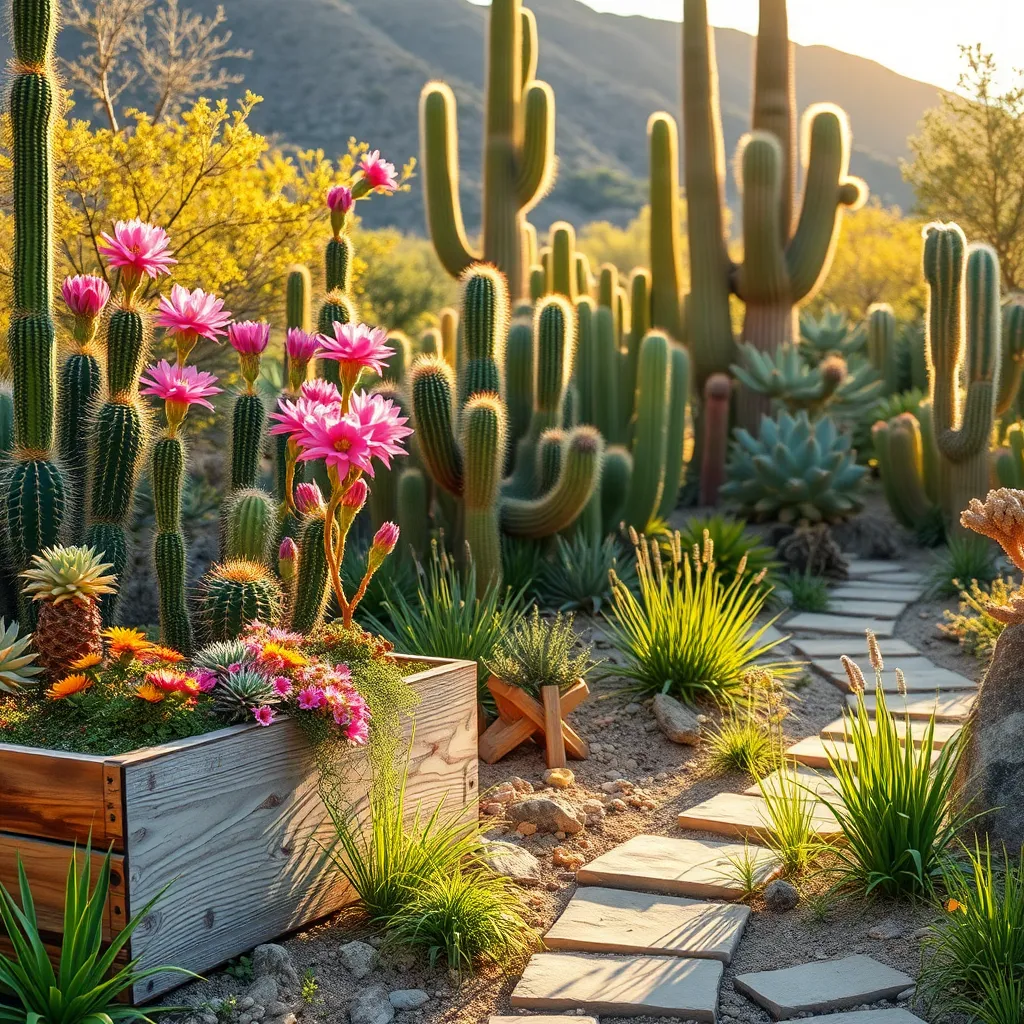
Cacti are among the top choices for hot climates due to their remarkable drought resistance. One excellent option is the Saguaro cactus, which thrives in well-draining, sandy soil. To ensure optimal growth, water the Saguaro sparingly, allowing the soil to dry out completely between waterings. For beginners, it’s crucial to place them in areas with full sun exposure, as they require a lot of light to flourish.
Another popular cactus for hot climates is the Prickly Pear, known for its distinctive flat pads and vibrant flowers. Prickly Pears are resilient, requiring minimal water once established and can even tolerate poor soil conditions. To boost their growth, apply a balanced cactus fertilizer during the growing season. Experienced gardeners can propagate them easily by planting pads in a cactus mix, ensuring they receive adequate sunlight and air circulation.
The Barrel cactus is another excellent choice, admired for its round shape and striking spines. These cacti perform best when planted in a gritty soil mix, which facilitates quick drainage and prevents root rot. Water them every two to three weeks during the summer and reduce watering in the cooler months. For advanced care, consider rotating the pot occasionally to ensure even sunlight exposure, promoting uniform growth.
For those looking to add variety, the Cholla cactus offers an intriguing option with its segmented stems and bright blooms. Plant Chollas in rocky or sandy soil and water them infrequently to mimic their natural desert environment. To enhance their natural beauty, consider grouping several plants together, which can create a stunning visual display. As a safety tip, use gloves during planting or maintenance to protect your hands from their sharp spines.
Succulents That Thrive in Heat
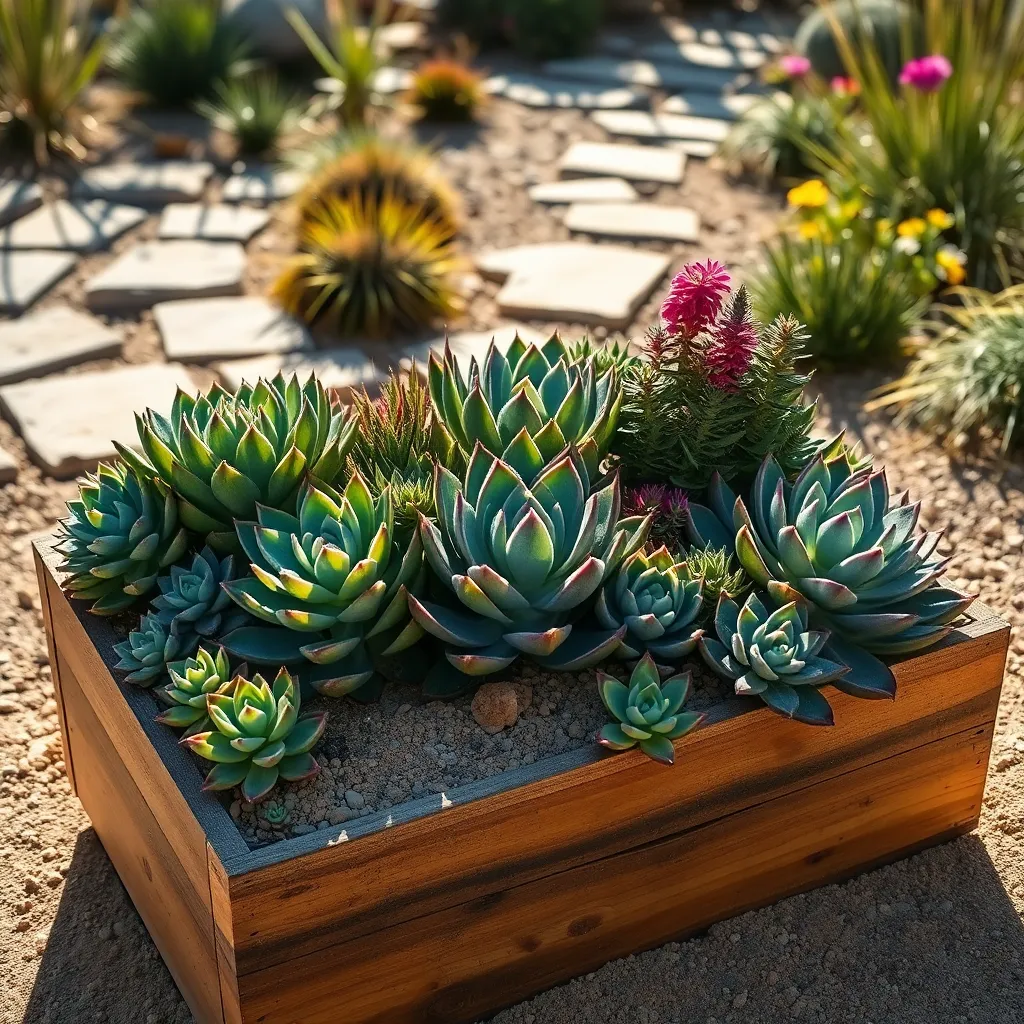
In hot climates, succulents can be a gardener’s best friend due to their resilience and striking appearance. Aloe vera is a popular choice, known for its ability to thrive in intense heat and low-water conditions. Plant it in well-draining soil, such as a cactus mix, and water it sparingly—about once every three weeks during the growing season.
Another excellent option is the Agave, which can withstand prolonged periods of drought. These hardy plants prefer sandy or gravelly soil and should be positioned in full sun to achieve optimal growth. When planting Agaves, ensure they have enough space, as some species can spread up to several feet wide.
Echeveria varieties are also fantastic for hot climates, offering a range of colors and shapes to enhance any garden. These succulents enjoy bright, indirect light and should be watered only when the soil is completely dry to prevent root rot. For best results, use a pot with drainage holes and a soil mix designed for succulents.
If you’re looking for something unique, consider the Crassula species, such as the Jade Plant, which is both heat and drought-tolerant. They thrive in direct sunlight and require minimal watering, making them ideal for busy gardeners. For advanced care, periodically remove any dead leaves to encourage new growth and maintain a healthy plant.
Resilient Shrubs for Arid Areas
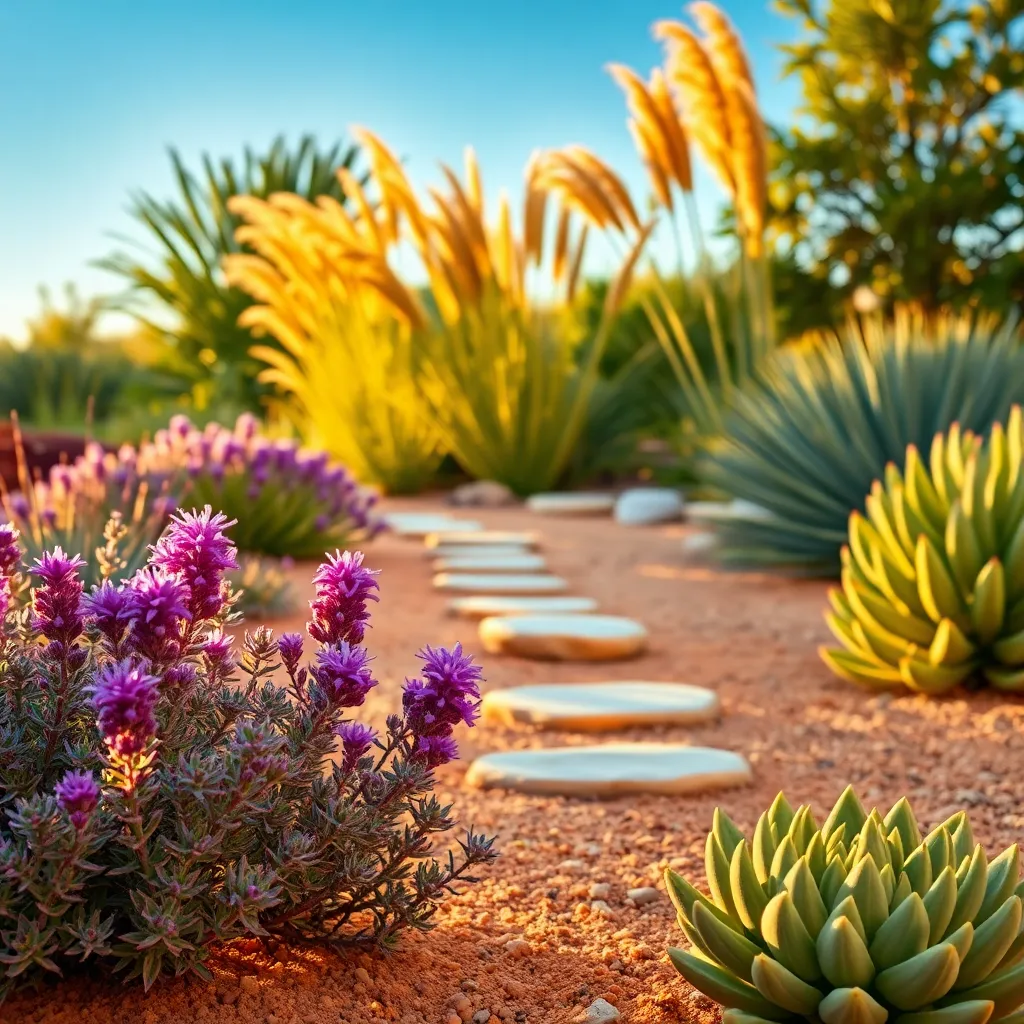
In arid areas, selecting the right shrubs can make a significant difference in garden resilience. Native shrubs such as the Texas Sage (Leucophyllum frutescens) thrive with minimal water once established. Plant these shrubs in well-draining soil to prevent root rot and improve growth. For best results, use a cactus mix or amend garden soil with sand and organic matter.
Another excellent choice is the Creosote Bush (Larrea tridentata), known for its hardiness and fragrant foliage. This shrub requires full sun and thrives in sandy or rocky soils, making it perfect for xeriscaping. Water young plants deeply but infrequently to encourage deep root growth. As the Creosote Bush matures, it will require even less water, making it a sustainable choice for arid landscapes.
The Russian Sage (Perovskia atriplicifolia) offers both beauty and drought resistance with its striking silver foliage and purple flowers. It prefers full sun and well-drained soil, similar to the Texas Sage and Creosote Bush. Prune it back in early spring to encourage new growth and maintain its shape. This shrub also attracts pollinators, adding ecological value to your garden.
Consider clustering these shrubs for a visually cohesive and water-efficient landscape. Grouping plants with similar water needs can simplify irrigation and conservation efforts. Mulching around the base of these shrubs will help retain moisture and reduce competition from weeds. With thoughtful planning and care, these resilient shrubs can transform arid gardens into thriving, low-maintenance landscapes.
Heat-Tolerant Flowering Plants
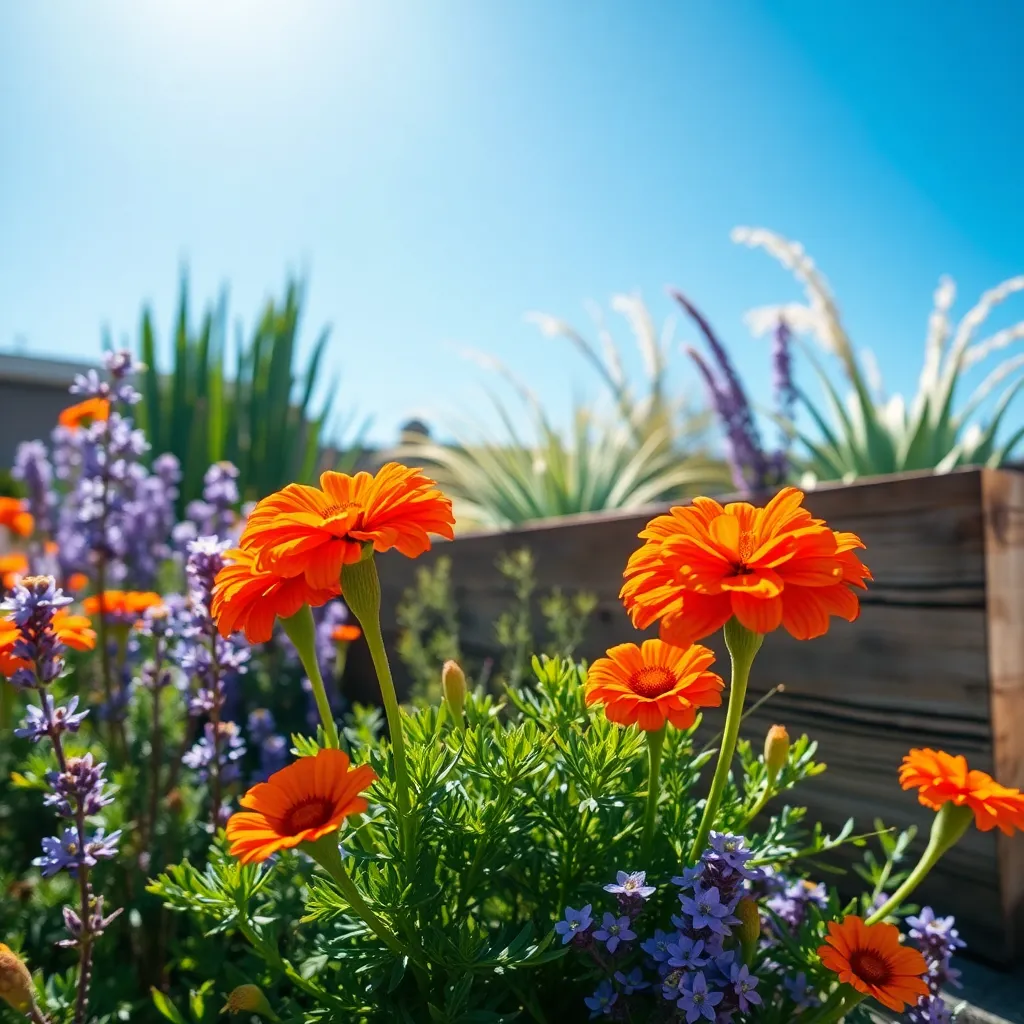
In hot climates, selecting the right flowering plants can make all the difference in maintaining a vibrant garden. Lantana is a fantastic choice due to its ability to thrive in full sun and minimal water conditions, making it perfect for drought-prone areas.
To grow lantana successfully, plant it in well-drained soil and space the plants about 12 to 24 inches apart to allow for their spreading growth habit. Regular deadheading encourages continuous blooming, and a monthly application of balanced fertilizer provides the nutrients needed for lush flowers.
Another excellent option is the Blanket Flower (Gaillardia), known for its bright, daisy-like blooms and heat tolerance. It grows best in sandy or gravelly soil, which ensures proper drainage, and requires full sun to produce the most abundant flowers.
For gardeners looking for a more exotic touch, the Bird of Paradise offers stunning tropical blooms and thrives in warm, sunny environments. Ensure the soil is consistently moist but not waterlogged, and provide occasional feeding with a high-phosphorus fertilizer to enhance blooming.
Finally, consider planting Verbena, a low-maintenance plant that flowers profusely even in high temperatures. Regular watering during dry spells and pruning back after initial blooms can promote a secondary flush of flowers, keeping your garden colorful throughout the hot season.
Care Tips for Drought-Resistant Species
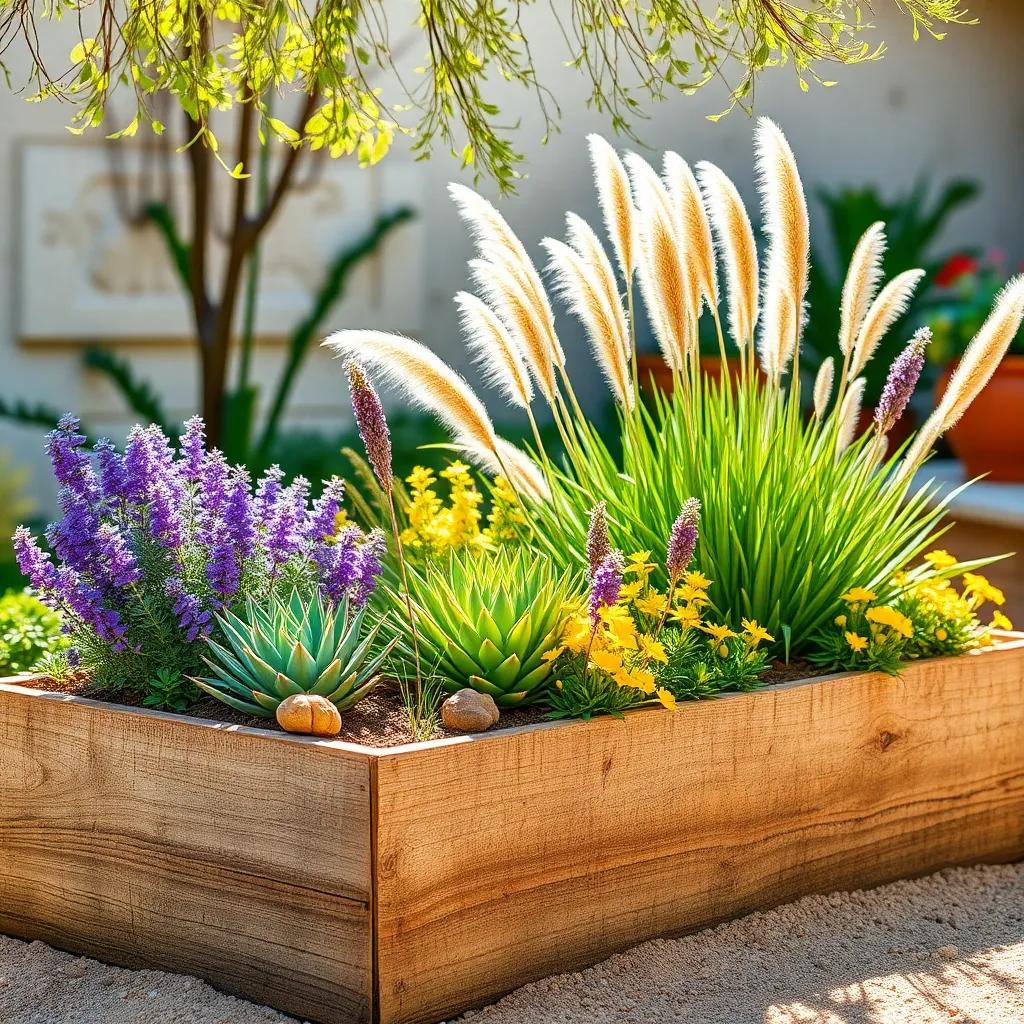
When caring for drought-resistant species, it’s important to choose the right soil. Well-drained, sandy soils are ideal as they prevent water from pooling and promote root health.
Regular mulching can dramatically improve moisture retention in the soil. Apply a layer of organic mulch like wood chips or straw around the base of your plants to reduce evaporation.
Watering techniques should be adapted to encourage deep root systems. Deep watering once a week can help plants develop resilience by driving roots further into the soil.
Consider using drip irrigation systems that deliver water directly to the base of the plant. This method minimizes water waste and ensures that moisture reaches the root zone efficiently.
For those with more experience, integrating companion planting can enhance drought resistance. Pairing drought-tolerant species with plants that have similar water needs can create a more sustainable ecosystem.
Encourage beginners to monitor their plants regularly for signs of stress. Look for wilting or browning leaves, and adjust watering schedules accordingly to maintain plant health.
Conclusion: Growing Success with These Plants
As we conclude our exploration of drought-resistant plants for hot climates, let’s draw a parallel to nurturing resilient relationships. Just like these hardy plants, strong relationships thrive through understanding and adaptation. We’ve discussed the resilience of succulents, the steadfastness of lavender, the adaptability of rosemary, the vibrancy of lantanas, the endurance of cacti, and the strength of agaves. Each offers a metaphor for key relationship qualities: resilience, steadfastness, adaptability, vibrancy, endurance, and strength.
To bring these insights into your relationship, consider initiating a heartfelt conversation with your partner about how you can nurture these qualities together. Take a moment to reflect on which plant-inspired quality you want to cultivate in your relationship and set a small, achievable goal to work on it this week.
Remember, growth is a journey—bookmark this article to revisit these concepts whenever you need a boost. By planting these seeds of wisdom, you’re investing in a flourishing relationship garden. As you nurture these qualities, look forward to a future where your relationship not only survives the heat but thrives in it. Let your relationship bloom with the beauty and resilience of a well-tended garden.

